Optimize Azure Storage Costs with Smart Tier — A Complete Guide to Microsoft’s Automated Tiering Feature
Smart Tier for Azure Blob & Data Lake Storage — A Smarter, Cost-Efficient Way to Manage Your Data Microsoft has introduced Smart Tier (Public Preview), a powerful automated data-tiering feature for Azure Blob Storage and Azure Data Lake Storage . This feature intelligently moves data between the hot , cool , and cold access tiers based on real-world usage patterns—no manual policies, rules, or lifecycle setups required. 🔥 What is Smart Tier? Smart Tier automatically analyzes your blob access patterns and moves data to the most cost-efficient tier. It eliminates guesswork and minimizes the need for administrators to manually configure and adjust lifecycle management rules. ✨ Key Benefits Automatic tiering based on access patterns No lifecycle rules or policies required Instant promotion to hot tier when data is accessed Cost-efficient storage for unpredictable workloads No early deletion fees ...


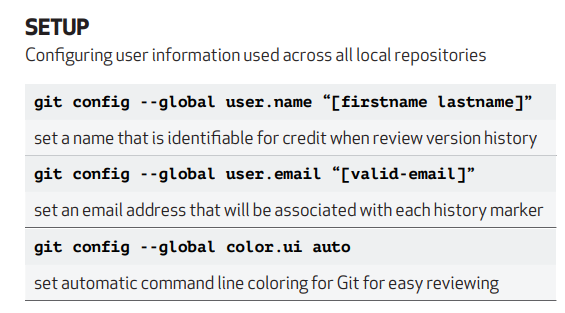
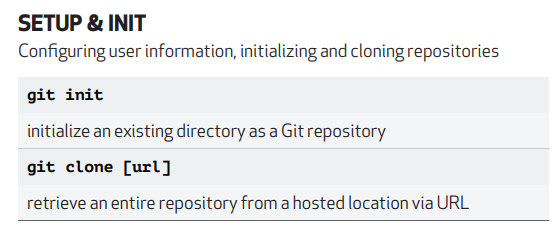
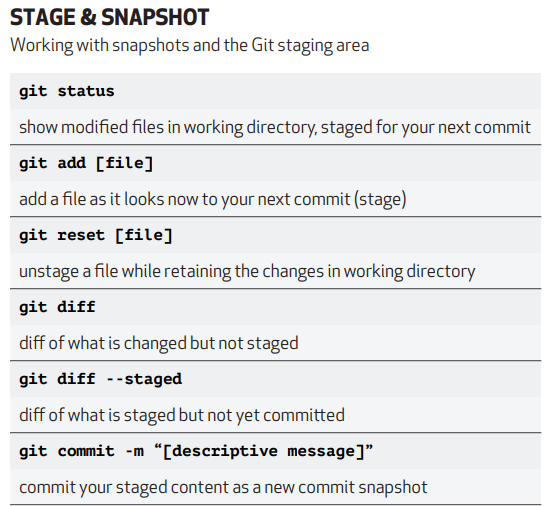
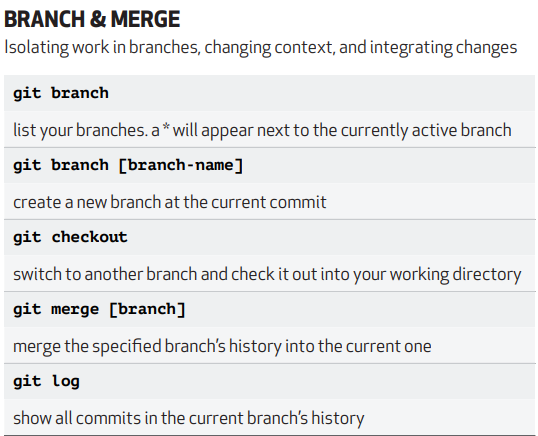

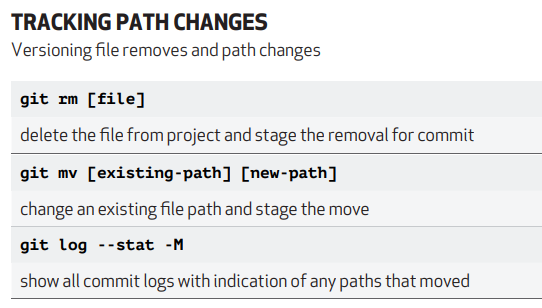
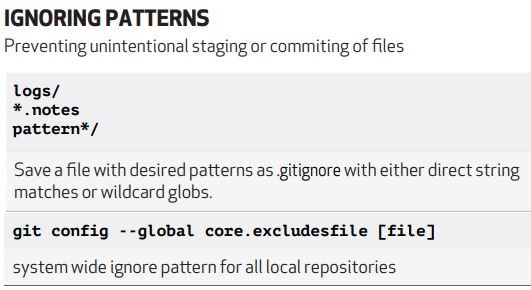




good insight about git commnad
ReplyDeleteInsightful and very helpful.
ReplyDeleteAppreciate your feedback, always happy to help
Delete